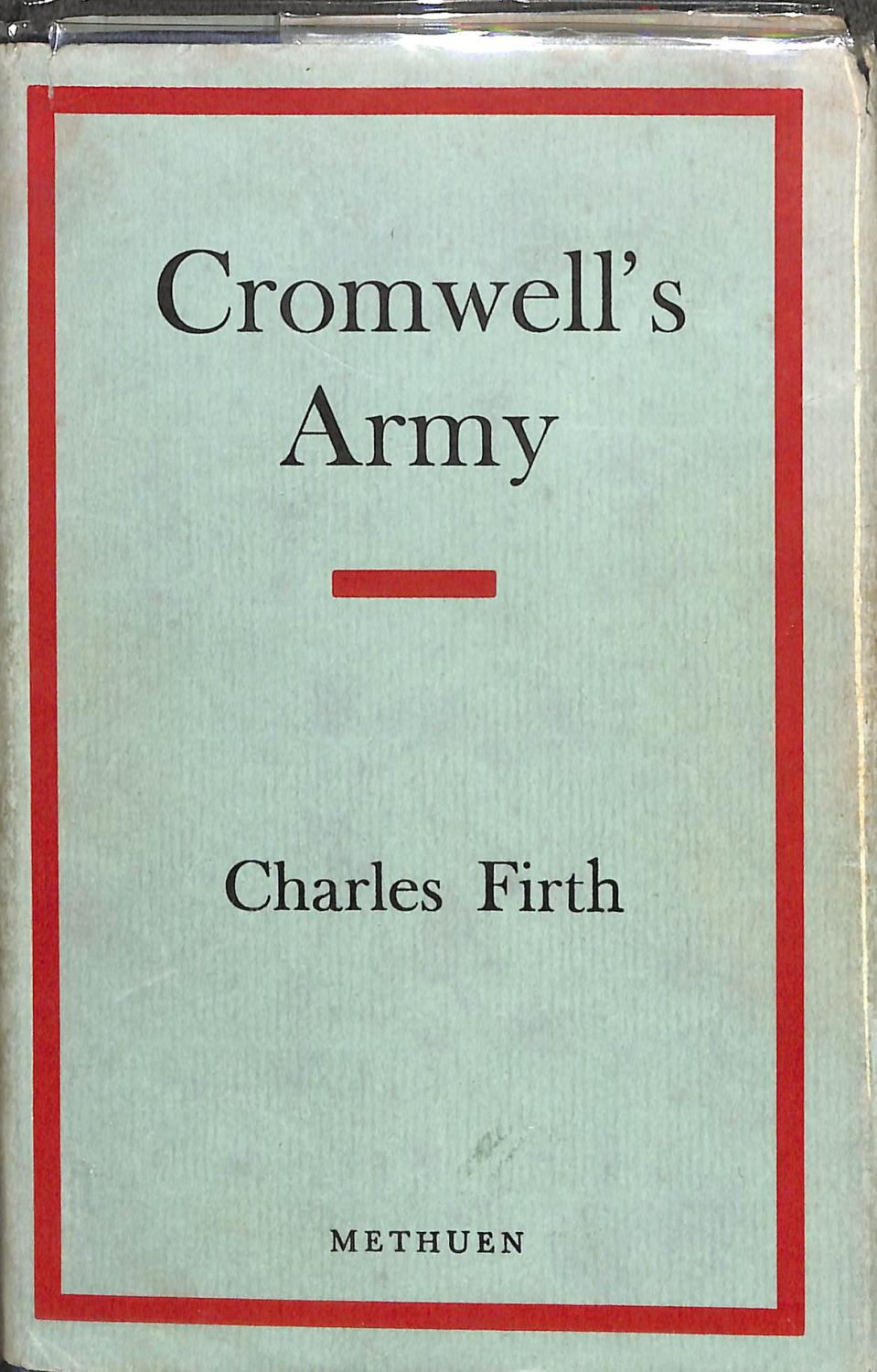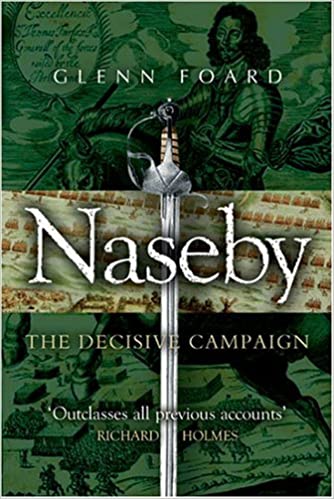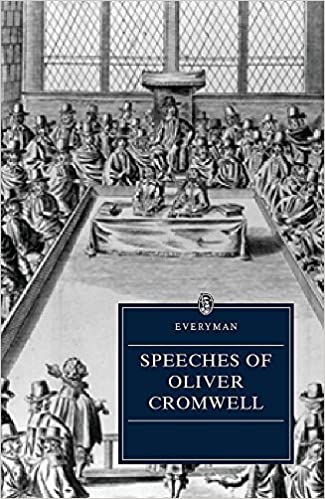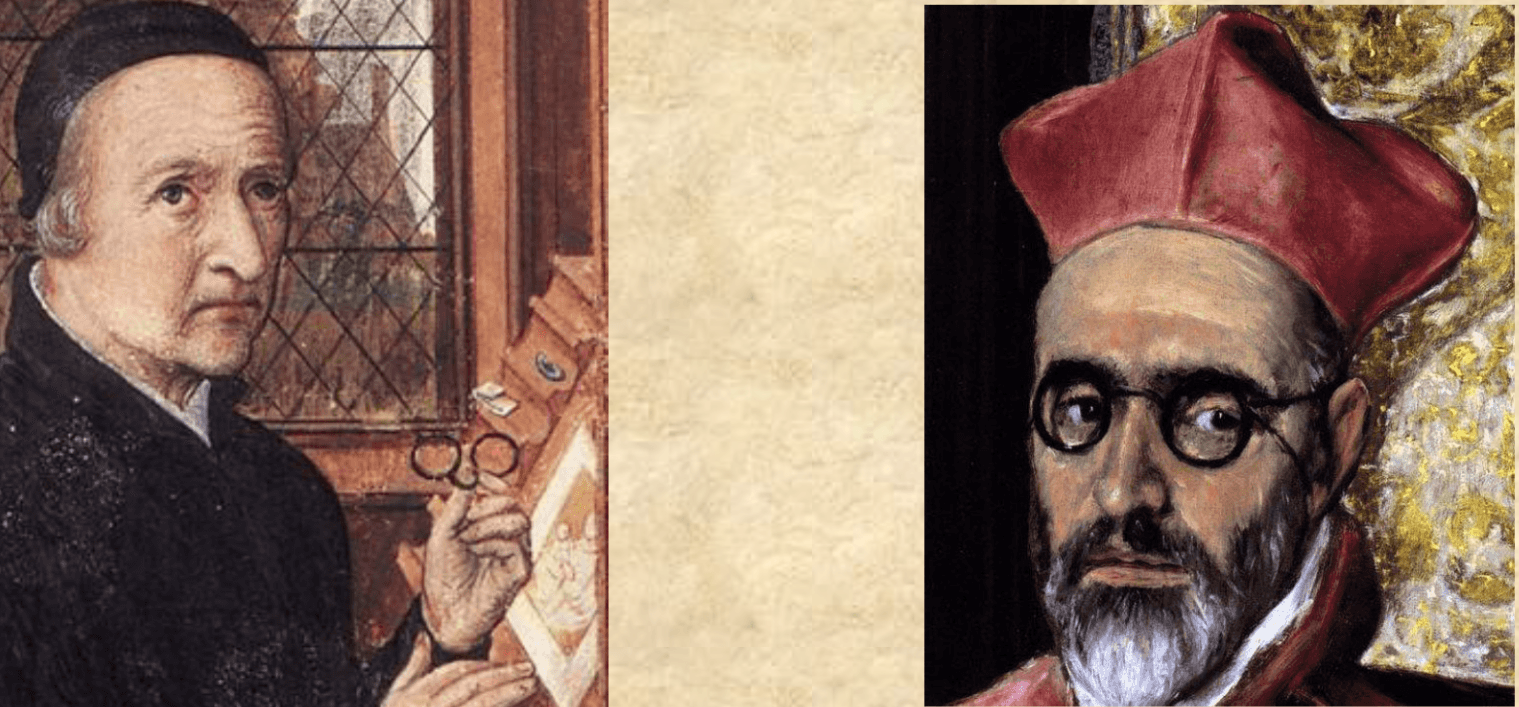by Kathleen Davies
•
28 April 2021
Housekeeping I will be referring to men and women as those people possessing a penis and vagina respectively - there are very few sources I can find for discussing how the medieval people thought about intersex individuals, so I’m just leaving that out. I will also be using both clinical and slang terms for body parts and activities, where appropriate - these terms may be offensive at times, again, I’m trying to reflect the medieval attitude towards men, women and sex. Try to keep sniggering to a minimum. This goes double for Ant. Chapter 1: Who is doing it? The Ladies Women’s status in medieval society is defined by their relationship status, which largely also dictates their sexual status. Women can be: Virgins - not allowed to have sex Wives - allowed to have sex, with certain rules Widows - have had sex before, but not currently allowed to have sex. Whores - allowed to have sex, but socially excluded and vilified Women are only allowed to have sex within a marriage to be respectable - all other women are supposed to be celibate to maintain societal worth. Virgins can be of two types: Virgins by circumstance - young, unmarried women, whose choices are marriage, if they can find a husband, or taking a vow of virginity Virgins by choice - this normally means nuns. It can also mean married or widowed women who have taken a formal vow of chastity before a bishop. Two famous examples of this are Margery Kempe (1373-1438 approx.), who negotiated a ‘chaste marriage’ with her husband after 14 children to devote her life to God, and Margaret Beaufort who took a vow of chastity in 1499 (with her husband’s permission). Contrary to current common wisdom which states that men think about sex every sex seconds...I mean six seconds...in medieval society, everyone knew that women are UP FOR IT. ALL THE TIME. It was thought that not only do women want sex more than men, but that they gain greater pleasure from the act as well. This, coupled with their innate weakness and susceptibility to temptation, leads to a greater need to control their sexual access to prevent sin and bastards overrunning the earth. Women were expected to go to the marriage bed a virgin and to confine their sexual activity to their husband, but ‘wife out to get extracurricular sex’ was an extremely well-worn trope, and prosecutions in court for adultery and fornication were fairly common. Prostitutes held a very particular place in the medieval mindset. Even the great Church fathers St. Augustine and St. Thomas Aquinas recognise that prostitution serves a public good. It wasn’t seen as ironic that the Bishop of Winchester taxed and regulated the sex trade in Southwark in the 15th century. Prostitutes themselves were also seen as a breed apart from respectable women - they were not the lowest of the low - many of the C15th Ordinances are regulations protecting the prostitutes themselves from exploitation by brothel keepers or stewhouses, but there were also rules on public dress for them, so that respectable members of society knew at a glance their profession. The Gents Gents were much less defined by their sexual status, and while it was acknowledged that men should also not be sowing their wild oats too much because it is immoral, the church and court punishments for adultery and fornication for men are less severe in practice. There are celibate men in members of the clergy and men in holy orders, but celibacy for priests is only made canon law in 1123, and this with an emphasis on the ‘unmarried’ meaning of the term; sexual continence was also expected, but it was something that was recognised as difficult. There are court cases of clergy with ‘housekeepers’ who seem to fall pregnant while unmarried a fair amount, and there are increasing urban legends of clerical sexual misconduct as the reformation draws closer, which while probably largely fabricated, was plausible enough to be accepted. Chapter 2: Why are they doing it? Nature Calls Medieval medicine and understanding of biology was based on Ancient Greek and Roman texts, with Galen, Hippocrates and Aristotle having a big influence. The accepted wisdom is that there are four humours in the body, corresponding to four qualities, four elements and four temperaments. Blood, Black Bile, Yellow Bile and Phlegm are in turns Hot, Cold, Dry and Wet. Men are hot and dry - this is optimal. Women, however are cold and wet by nature. When your humours are out of whack, it leads to illness. Men, by virtue of their hotness and dryness, are able to burn off excess and imbalanced humours and thus not be polluted by them, whereas women lack the heat to do so. This leads to both menstruation (explained as the purging of those poisonous excess humours) and to their desire for sex - sex generates the heat they lack and male seed provides heat as well. This is why women are always UP FOR IT. It is also important for men and women to have regular sex as a mechanism to keep their bodily humours in the correct balance.






























